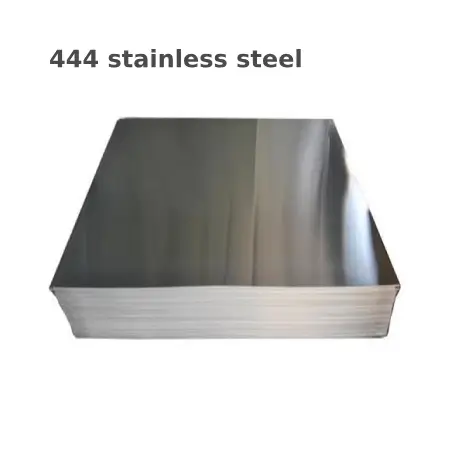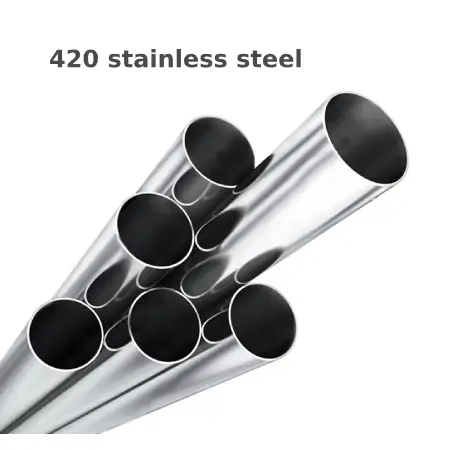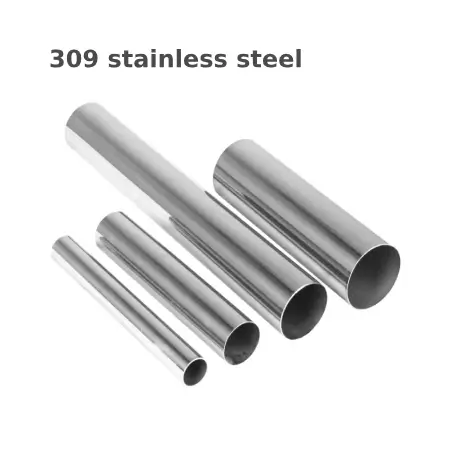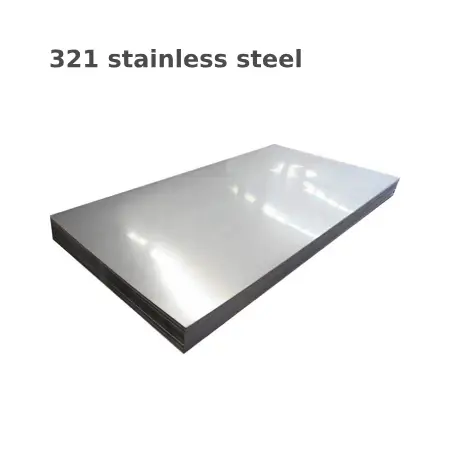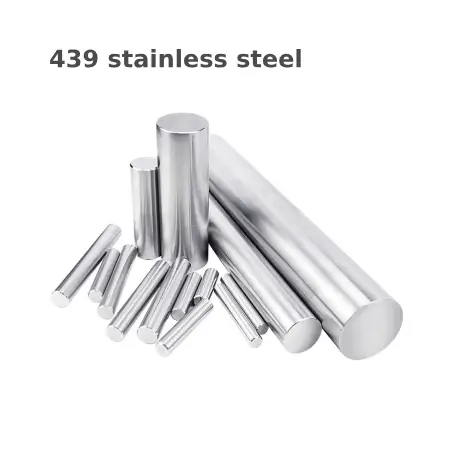444 Stainless steel also known as EN1.4512. is a highly corrosion-resistant type of stainless steel that offers a unique combination of properties, making it suitable for various applications where both appearance and performance are important.
Introduction to 444 Stainless Steel
Material Composition: 444 Stainless steel is a ferritic, chromium-based alloy containing approximately 17% chromium, which provides its corrosion resistance. It also has small additions of nickel and molybdenum.
High Corrosion Resistance: One of the key attributes of 444 stainless steel is its high corrosion resistance, which is better than typical 430 grades. It is designed to perform well in environments with aggressive chemical exposure.
Appearance: Unlike many other stainless steels, 444 has a non-metallic appearance and a unique aesthetic quality. It can be supplied with a bright-annealed surface, which is highly reflective and shiny.
Applications: It is used in applications such as architectural and decorative components, heat-processing equipment, and for components requiring a combination of good corrosion resistance and an attractive finish in outdoor or coastal environments.
Non-Hardening: A significant characteristic of ferritic types, such as 444. is that they do not harden with cold working, which simplifies processing and fabrication without the risk of inducing high tensile stresses.
Forming and Fabrication: While it is easy to shape and bend, the material is less tough compared to the austenitic types, which can limit its use in heavily cold-formed products without the risk of cracking.
Availability: It is readily available in various forms, including sheets and plates, and in various thicknesses and dimensions for manufacturing different products.
Joining: The material can be welded using methods suitable for ferritic stainless steels. However, caution is needed to avoid producing heat-affected zones with reduced corrosion resistance.
Heat Treatment: Due to the ferritic nature of this steel, it does not respond to conventional strengthening treatments such as quenching and tempering, used for martensitic or austenitic stainless steels. It can be solution annealed for homogenization and stress relief.
Low Maintenance: Similar to other stainless steels, 444 requires low maintenance. It tends to retain its reflective surface without the need for periodic refinishing.
Recyclability: Stainless steel 444 is 100% recyclable, which is advantageous from an environmental standpoint and contributes to the steel's sustainable properties.
Special Considerations: Although it provides better corrosion resistance than standard ferritic grades like 430. it is less resistant than the common austenitic grades like 304 or 316. especially in more corrosive environments or after exposure to high temperatures.
444 Stainless steel is valued for its distinctive properties, particularly its reflective surface and good corrosion resistance for the ferritic category. It's an excellent choice for decorative and architectural applications where a combination of visual appeal and durability is desired, as well as for certain components in the chemical processing industry and other corrosive environments.

